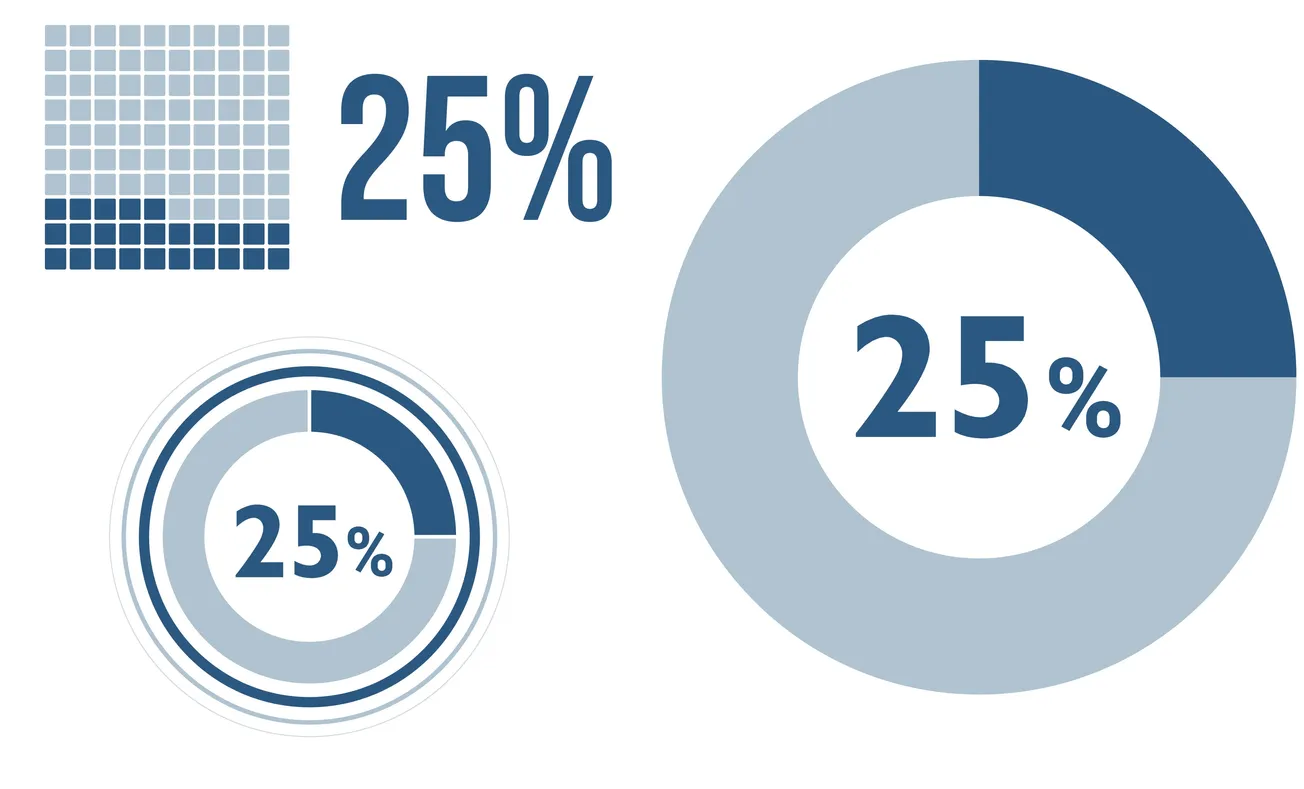In 2025, Walmart stands at the cusp of a significant milestone: achieving profitability in its U.S. e-commerce operations. This development is the culmination of a decade-long transformation, marked by strategic investments, technological innovations, and a relentless focus on integrating digital and physical retail experiences.
A Decade of Digital Investment Bears Fruit
Walmart's journey into e-commerce began in earnest with the acquisition of Jet.com in 2016 for $3.3 billion. This move signaled the company's commitment to expanding its online presence and competing with digital-native retailers.
Under the leadership of Marc Lore, Jet.com's founder, Walmart's U.S. e-commerce sales grew by 44% in the first full year post-acquisition. Lore's vision of combining a broad product selection with competitive pricing laid the foundation for Walmart's digital strategy.
Over the years, Walmart has invested heavily in building a robust e-commerce infrastructure. This includes expanding its fulfillment network, enhancing its online platform, and integrating advanced technologies like automation and machine learning.
These efforts have started to yield results, with the company reporting a 20% increase in U.S. e-commerce sales in the fourth quarter of fiscal year 2025.
Analysts from Morgan Stanley have noted that Walmart's scale benefits in its first-party and third-party marketplace, advertising, and membership income are key drivers of this anticipated profitability.
Grocery E-Commerce: The Cornerstone of Growth
Grocery has emerged as a pivotal category in Walmart's e-commerce strategy.
The company's vast network of physical stores provides a unique advantage, enabling efficient fulfillment of online grocery orders. In Q4 FY25, Walmart's U.S. grocery segment experienced mid-single-digit growth, driven by increased transactions and unit volumes.
Walmart's focus on grocery has not only attracted a broader customer base but also increased the frequency of visits, as consumers often shop for groceries weekly. This regular engagement creates opportunities for cross-selling and enhances customer loyalty.
The company's investment in grocery e-commerce is further evidenced by its expansion of same-day delivery services, now reaching 93% of U.S. households. This initiative has not only improved customer satisfaction but also contributed to increased sales and profitability.
Embracing Omnichannel Strategies
Walmart's success in e-commerce is closely tied to its omnichannel approach, seamlessly integrating online and offline shopping experiences.
The company has expanded its same-day delivery services, now reaching 93% of U.S. households, and continues to invest in technologies like geo-fencing to enhance customer convenience.
These initiatives have not only improved customer satisfaction but also contributed to increased sales and profitability. By leveraging its physical stores as fulfillment centers, Walmart has optimized its supply chain and reduced delivery times, providing a competitive edge in the retail landscape.
Walmart's omnichannel strategy also includes the integration of its Walmart+ membership program, which offers benefits like free delivery and fuel discounts. This program has been instrumental in driving customer loyalty and increasing the frequency of purchases.
Competitive Positioning and Future Outlook
Walmart's strategic focus on grocery e-commerce positions it ahead of competitors like Amazon in this segment. The company's market share in digital grocery is projected to surpass 41.4% by 2030.
Looking ahead, Walmart plans to remodel 650 U.S. stores and expand its e-commerce assortment, focusing on general merchandise. These efforts, combined with continued investment in digital infrastructure, suggest a strong trajectory for sustained growth and profitability in the e-commerce sector.
As Walmart approaches this significant milestone in its digital transformation, the company's emphasis on grocery e-commerce and omnichannel strategies underscores its commitment to meeting evolving consumer needs and maintaining its leadership in the retail industry.









